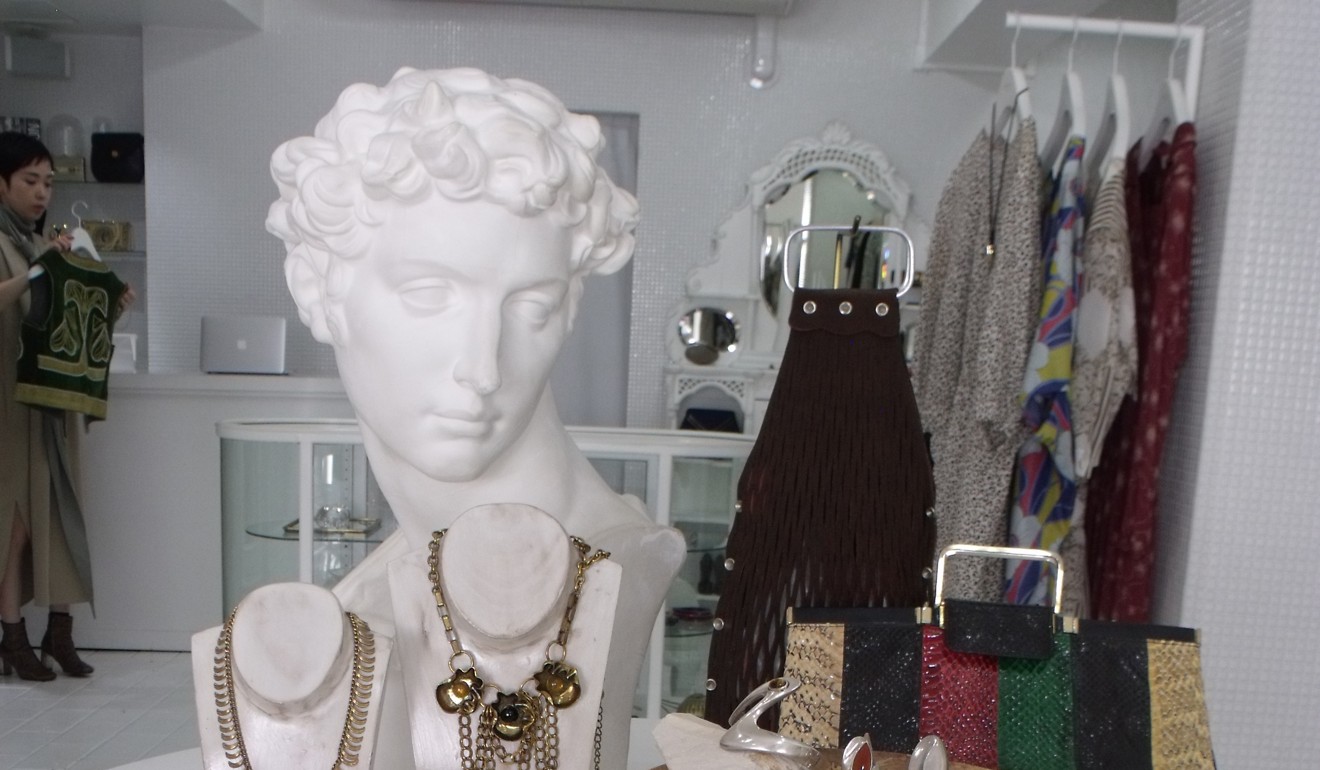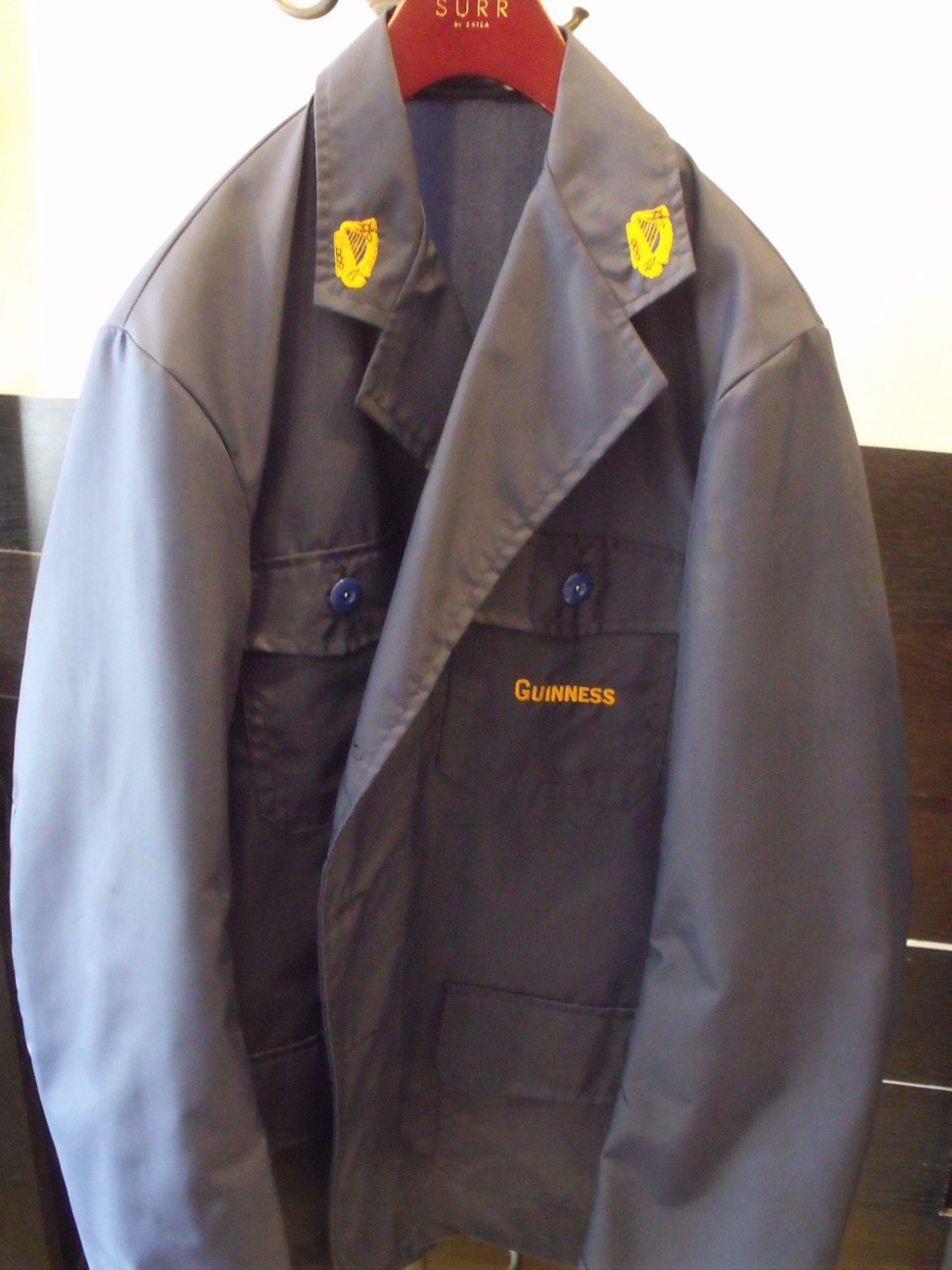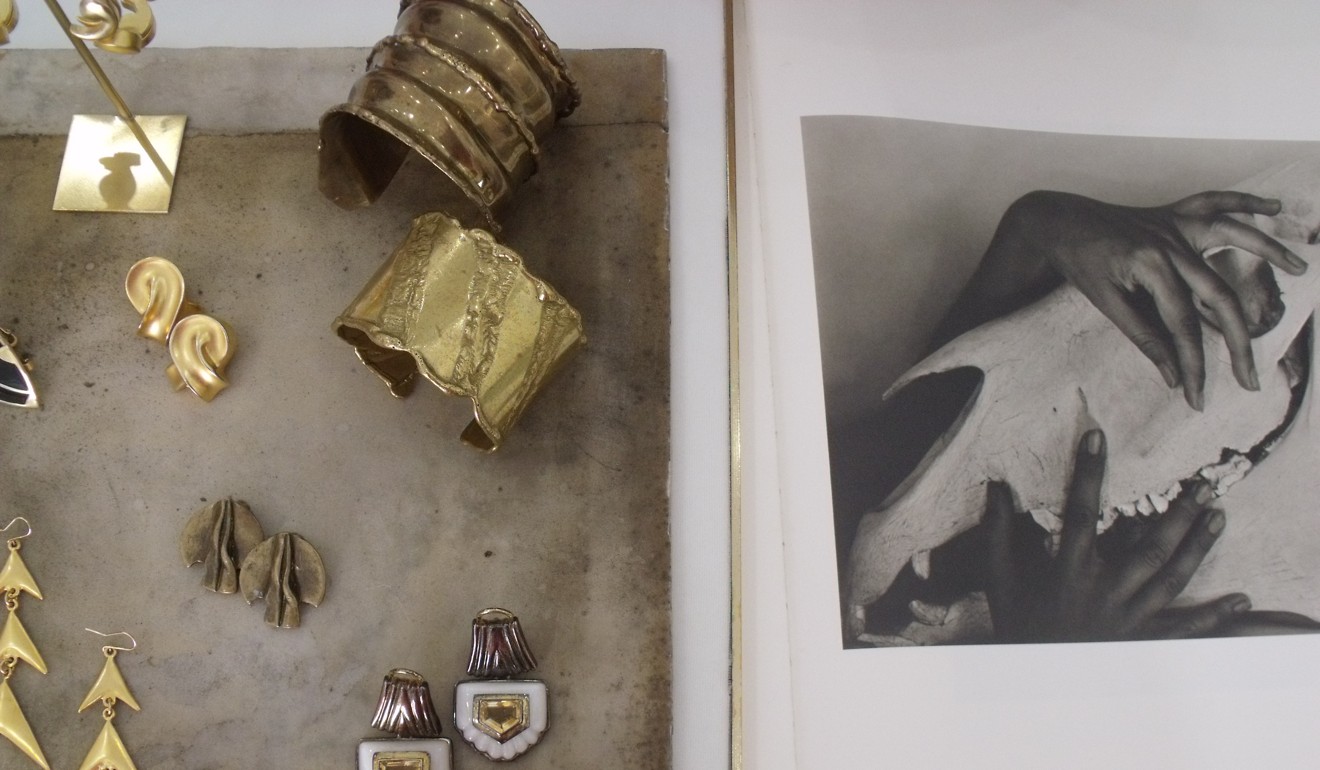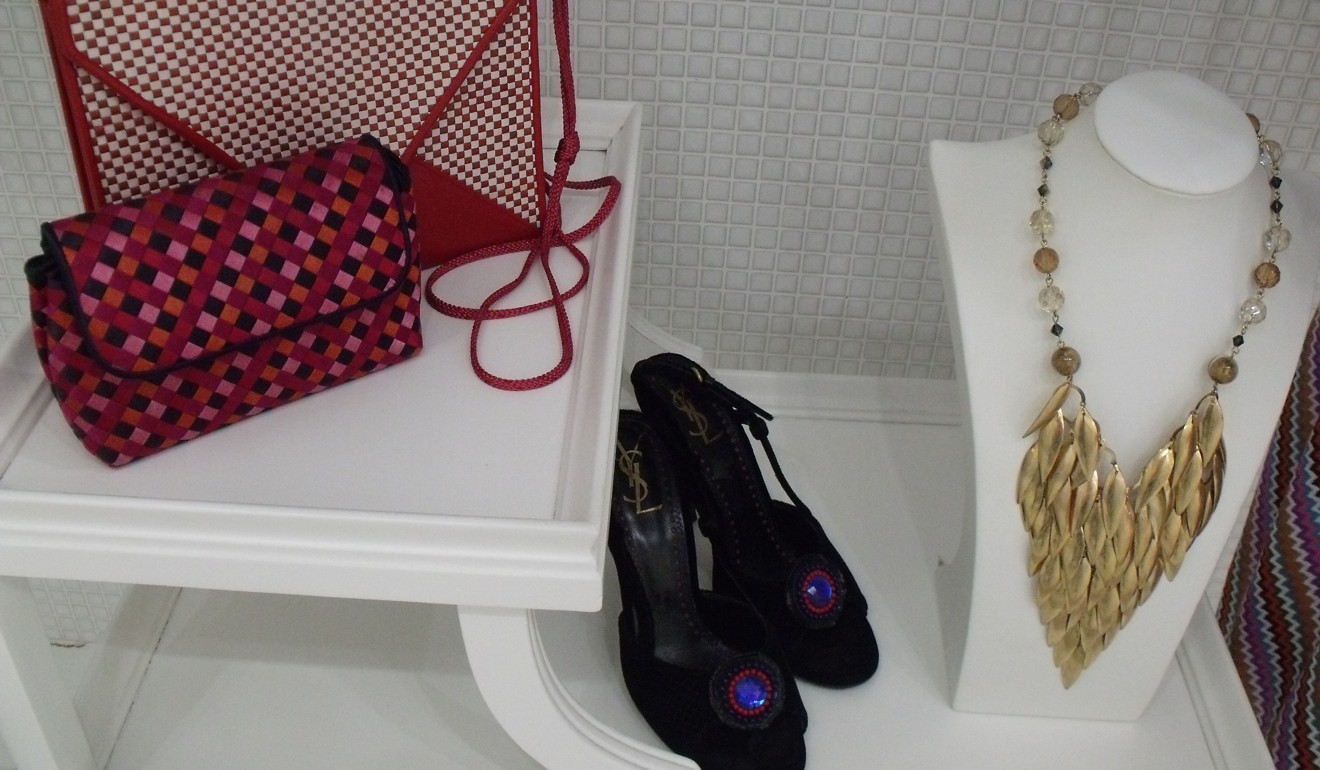View this post on InstagramA post shared by LAILA TOKIO (@lailatokio) on
Laila Tokio, the vintage Tokyo fashion store that draws the world’s top designers
- Hideo Hashiura, the founder of Laila Tokio, says that famous designers who know the value of vintage fashion visit his store to buy items of clothing
- He explains why, despite being unfashionable in most Asian countries, retro classics are still cool

If it were not for the shop assistant tapping out a message on her mobile phone, this could be a boutique on London’s Carnaby Street in the 1960s. The colours are bright, the designs – high necks, billowing blouses, bold and heavy jewellery – are a throwback to another time, the materials are rarely utilised in modern-day high-street fashion.
While vintage fashion is still decidedly unfashionable in the vast majority of Asian countries, Laila Tokio is ground zero for the retro look in Japan. And there are a growing number of consumers from abroad who are being won over by the old in preference to the new.
“Fashion is just too bland and boring today and designers for the big-name high-street outlets are simply copying what has been done before,” says Hideo Hashiura, who opened Laila Tokio in 2002 and has since expanded his vintage retail empire to five stores.
“Many of them are looking at vintage fashion, back to when designs and colours and materials were interesting, and they want to use that in their own creations.”
It may not be completely original, Hashiura told the Post, but it does indicate that there is an appreciation within the industry for much of what has gone before and he is confident that sooner or later, more consumers are going to recognise that.
Having previously worked for an internet business, 49-year-old Hashiura admits he had little knowledge of the fashion industry before he got the idea for Laila Tokio, but he knew what worked for him in terms of design and style.
“When I look at most fashion shops” – he mentions a globally recognised brand, but asks that he not be quoted – “it’s clear that it’s only designed to last for one season, that a person will only want to wear it for a short time and then it’s gone again,” he says.
“But now, more and more people are realising that they want to have items of clothing that they can wear again and again.”

To tap into that backlash – and, arguably, encourage it – Hashiura travels to Europe several times a year on purchasing trips. Paris and London are typically a good source of items, along with Italy. Perhaps more surprisingly, he also taps into the used-clothing sector in Belgium, where he regularly finds gems.
“When I’m looking at items that are in a store or are being shown by a dealer, you get a feel for what will work,” he says.
“It’s almost as if clothes that are 30 or 40 years old have an aura, something that you can’t quite put your finger on, that makes them special.”

If Hashiura’s purchases could speak, they would tell tales of salons and soirées, balls, regattas, and other events that would have been unforgettable to the person wearing these items.
Hashiura never turns down an opportunity to obtain anything by Yves St Laurent or Martin Margiela – his personal favourite from the fashion world – and does his best to ensure that he has a number of their items in stock for each season.
Each of the Laila shops in Tokyo has a different concept, with a nearby outlet in an apartment complex focusing on vintage items for men. It has white wingtip shirts and plain black shoes, cufflinks and round tortoiseshell spectacles, a French army jacket, and a selection of waistcoats.
An immaculate dark blue workman’s jacket with the harp logo of the Guinness brewing company has a price tag of 46,000 yen (US$420).

“A lot of the people who come into our stores are fashion students and they ask if they can look at how clothes were sewn together or the materials that were used, and they can then use some of those ideas in their own projects,” Hashiura says.
“And we don’t mind that at all and I’m pleased that we have earned a reputation as a place where this next generation of designers can learn – but, of course, it’s always good when they buy something.”
Similarly, there appears to have been something of a boom in interest in the media in many aspects of what might previously have been dismissed as passé – the resurgence of vinyl records over downloads is just one example, Hashiura says, but more foreign visitors to Japan have also driven footfall at Laila Tokyo.

“Five years ago, we rarely – if ever – had a foreign customer in our shops, but now they are becoming more regular visitors,” he says.
“They usually fall into two categories; there are those who are looking for vintage brand names, like Chanel or Hermès, and there are a lot of Chinese who want to be able to buy those brands,” he says.
“The others are less interested in the brand but choose an item because of the personal appeal to them.”
The combined domestic and international interest in what Hashiura has achieved in a very short space of time has, inevitably, spawned some copycats.
“Japanese tend to be very good at visual merchandising and vintage clothing is something that is very visual and very specific, so we attracted attention that others have now mimicked,” he says.
Hashiura shrugs; rival stores may take his customers, but they also help to promote vintage fashion more widely and bring it to the attention of more consumers, the media and the fashion industry more widely.

And despite much of Asia still looking down its collective nose at vintage or retro looks, Hashiura is confident the value of the former fashions and looks will eventually be recognised.
“A growing number of people here are attracted to vintage fashion, Japanese designers are looking to it for inspiration and the concept is spreading from here,” he says.

“I can’t say their names, but we get famous, established designers visiting us to buy items of clothing. They know the value of vintage fashion.
“And if they want these items and are using them for new ideas, then that will spread to more fashion consumers.”